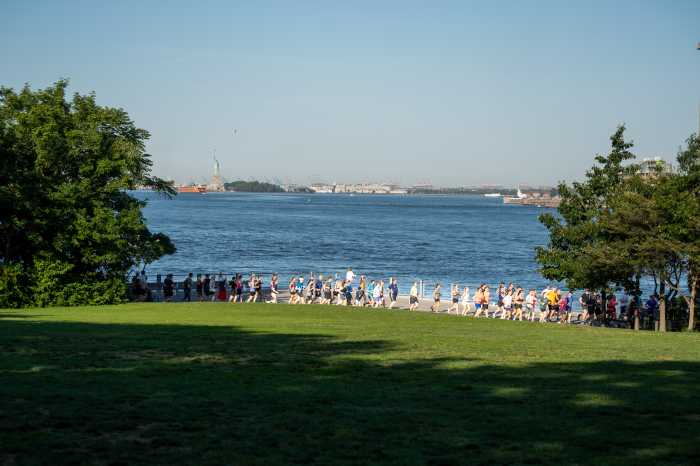As this paper went to press, the City Council was set to approve the Prospect Heights Historic District, making it the largest landmark designation in New York City in nearly 20 years.
The district is located to the north of Prospect Park, and is bounded by Atlantic Avenue to the north, Eastern Parkway to the south, Flatbush Avenue to the west and Washington Avenue to the east.
It encompasses 850 outstanding single-family row houses, apartment houses and several institutional and commercial buildings that were constructed between the mid-19th century and early 20th century, and designed in a broad array of architectural styles, ranging from neo-Grec to Art Deco.
“Prospect Heights is among Brooklyn’s most distinguished, cohesive neighborhoods because of its architectural integrity and diversity, scale, tree-lined streets and residential character,” said Landmarks Preservation (LPC) Chair Robert Tierney.
“These features lend the neighborhood its unique sense of place, making it a natural for historic district statu,” he added.
The designation initiative was lead by Councilmember Letitia James, the Prospect Heights Neighborhood Development Council (PHNDC), and the Municipal Art Society of New York (MAS).
Besides being a historic district for buildings, the first major battle of the American Revolution, the Battle of Brooklyn, took place in the vicinity of Prospect Heights in August 1776.
Prospect Heights started its transformation from farmland and forest into a residential neighborhood in the mid-19th century. Its growth was primarily fueled by transportation improvements and the development of the 585-acre Prospect Park, which was completed in 1873.
“Advocates in this community have worked hard towards achieving their goal. Preservation of Prospect Heights, an architecturally diverse and human-scaled neighborhood, is much deserved, and needed now more than ever due to development pressures,” said James.
“This area has already experienced the demolition of historic buildings and out-of-scale construction. I am glad that we can look forward to maintaining the character of our illustrious past and protecting the fabric of this historic neighborhood,” she added.






















